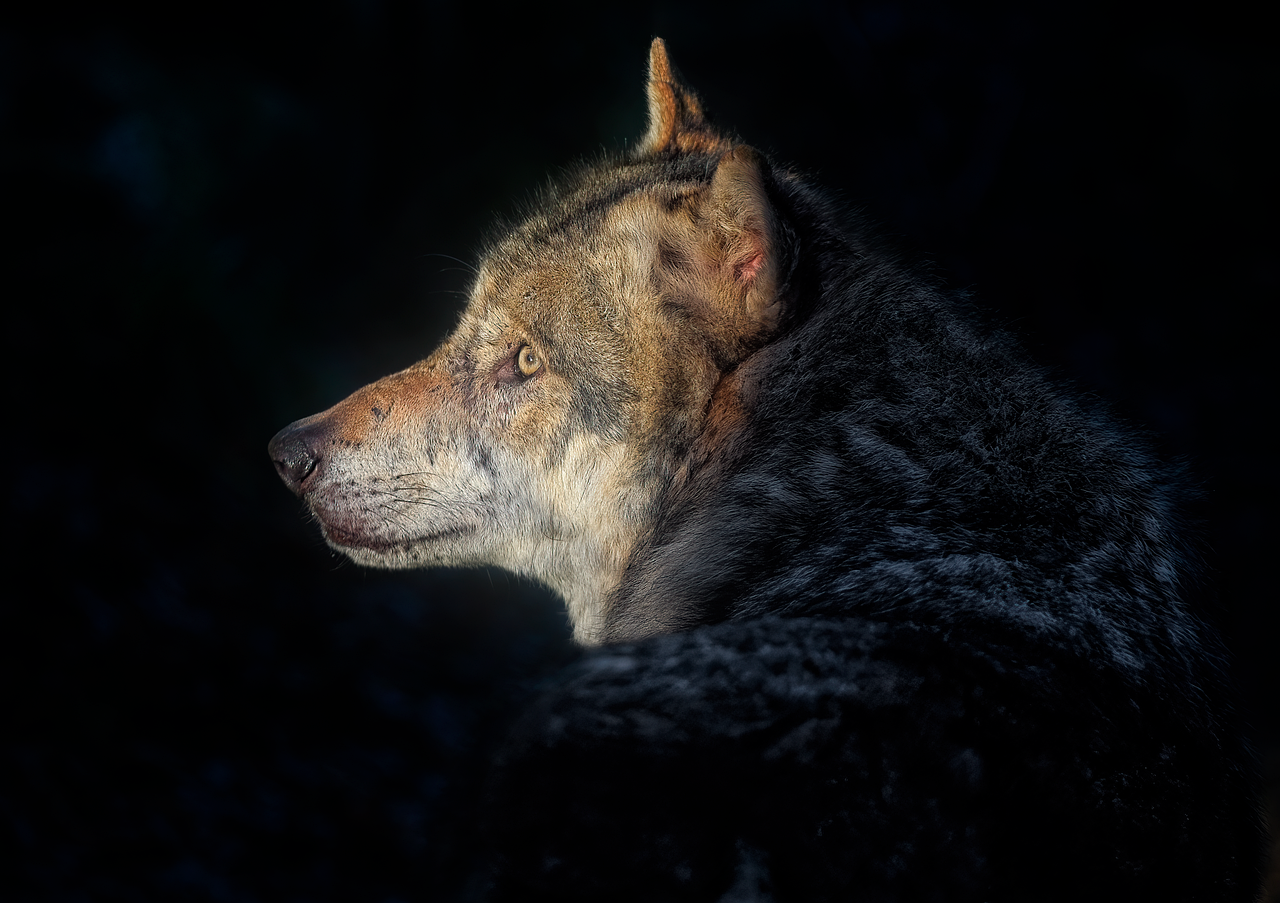Have you ever stopped to wonder what secrets are whispered in the wild forests, where the shadows of wolves and the wings of ravens cross paths? It might sound like the beginning of a fairy tale, but the bond between these two iconic creatures is as real as it is surprising. Far from being rivals, wolves and ravens have forged a partnership that touches on survival, play, and even a strange sense of mutual respect. Their connection is a living, breathing reminder that nature is full of mysteries and alliances far more complex than we might guess at first glance.
Ancient Allies: The Origins of the Bond
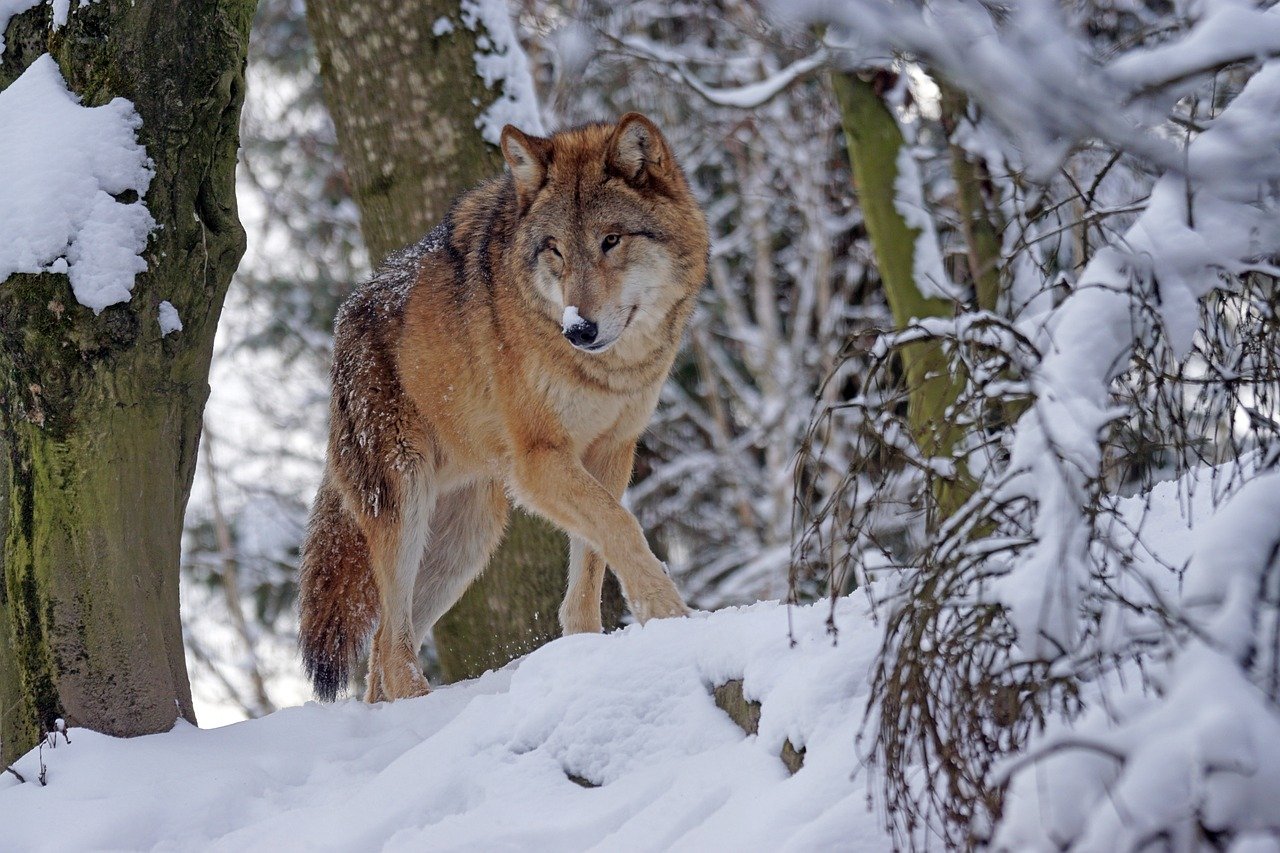
Wolves and ravens have shared the same landscapes for thousands of years, especially across the forests and tundras of North America and Eurasia. This long history has shaped an unexpected relationship. While many animals compete fiercely for food, wolves and ravens have instead found ways to help each other. Some scientists believe that this partnership may have begun when ravens followed wolf packs, taking advantage of scraps left behind after a successful hunt.
Over generations, this dynamic deepened. Wolves learned that the presence of ravens often means food nearby, as the sharp-eyed birds can spot carcasses from high above. In turn, ravens benefit from the wolves’ strength and teamwork, which allow them to open tough hides and expose meat that would be impossible for a bird to access alone. This give-and-take is an ancient dance, rooted in necessity but evolving into something richer.
Teamwork in the Wild: Hunting and Sharing
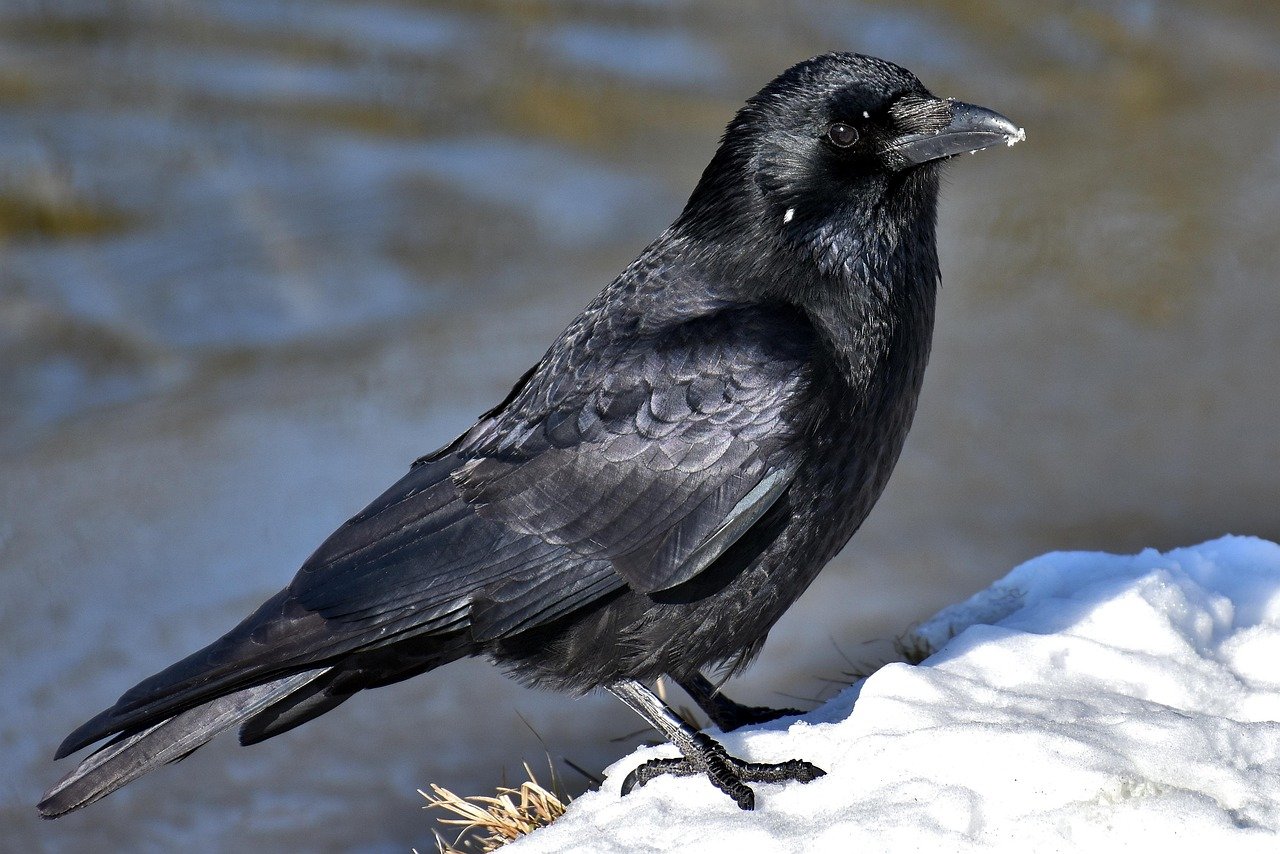
One of the most remarkable aspects of the wolf-raven relationship is their cooperation during hunts. Ravens are masters of the sky, spotting potential prey or carrion from incredible distances. When they locate something promising, they often call out loudly, attracting the attention of wolves. The keen hearing of wolves picks up these calls, and they follow the birds, knowing that a meal may be waiting.
After the wolves make a kill, the ravens swoop down to join them. Despite the difference in size and strength, the ravens wait patiently until the wolves have had their fill, then move in for leftovers. Sometimes, the birds even tug at the wolves’ tails or hop around them, urging them to open up the carcass more or finish eating faster. It’s a chaotic, almost comical scene, but both parties seem to understand the unspoken rules of their partnership.
Communication: More Than Just Noise
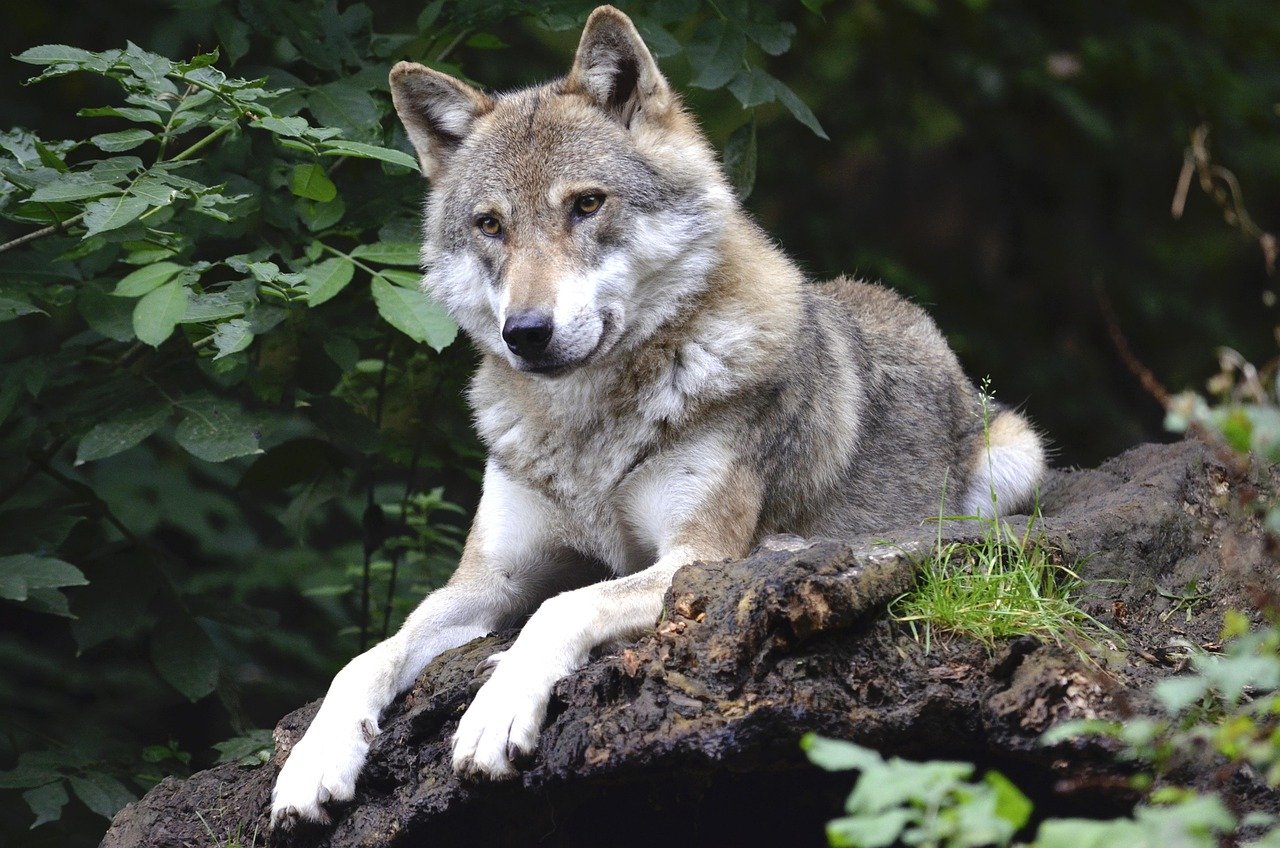
It’s not just about food—ravens and wolves actually communicate with each other in subtle ways. Ravens use a wide range of calls, some of which seem specifically designed to alert wolves to food or danger. Wolves, in turn, pay close attention to these signals, recognizing the difference between a casual call and an urgent one.
Observers have even noted that certain wolf packs and raven flocks develop a kind of rapport. Individual wolves may recognize certain ravens and vice versa. This communication goes beyond instinct; it suggests a level of intelligence and social awareness that’s truly astonishing. The forest becomes a stage where these two species exchange information, helping each other survive in a harsh world.
Playful Partners: Fun and Mischief in the Forest

Surprisingly, the relationship between wolves and ravens isn’t always serious. There are countless stories of ravens playing tricks on wolves—swooping down to tug at their tails, dropping sticks nearby, or even mimicking their howls. Rather than getting angry, the wolves often respond with curiosity or even join in the game.
Young wolves, especially, seem to enjoy these encounters. They chase after the ravens, leaping and pouncing in mock attacks, only for the birds to lift effortlessly out of reach. This play strengthens the bond between the two species. It’s as if they recognize a kindred spirit in one another—both clever, both social, and both always up for a bit of fun amid the seriousness of survival.
Mutual Benefits: Survival Through Symbiosis
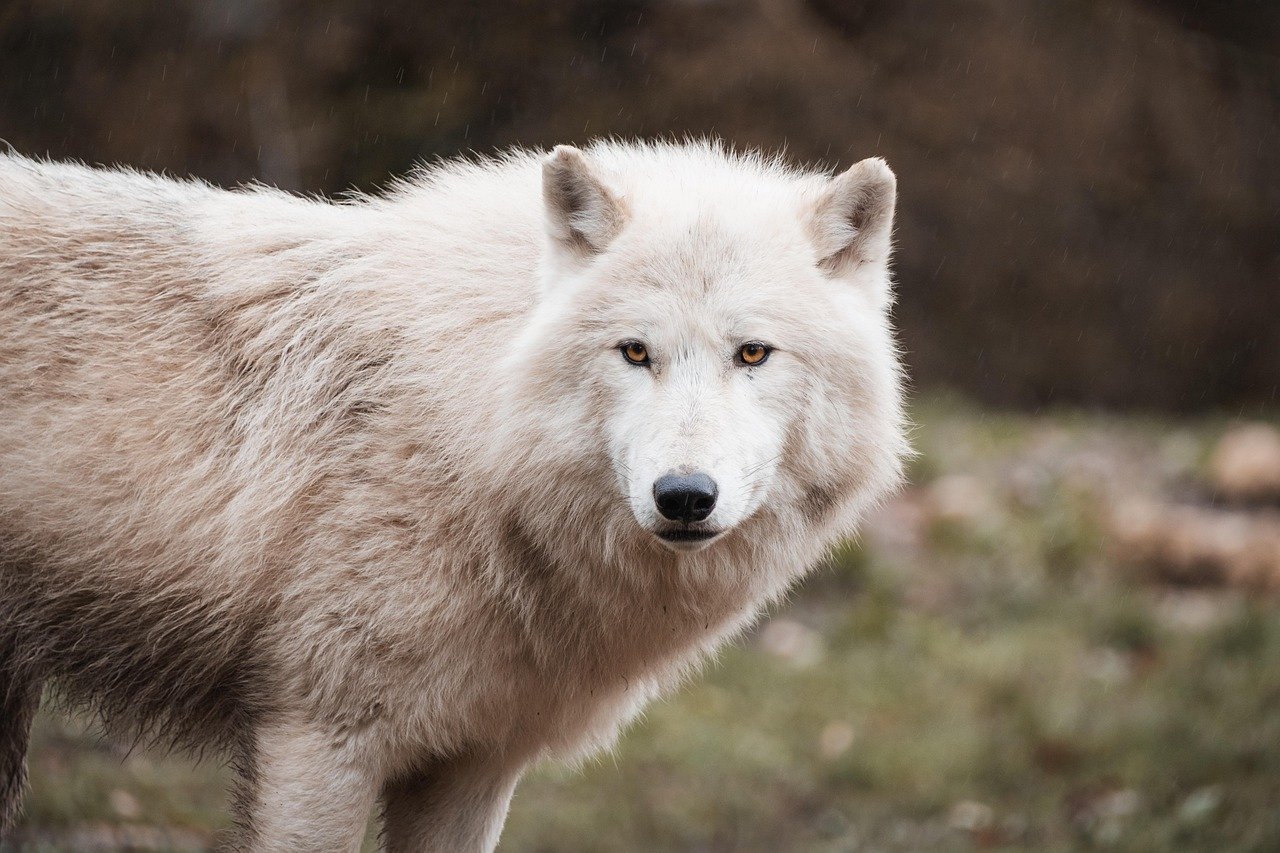
Wolves and ravens each bring something valuable to their partnership. For wolves, ravens are like scouts, helping them find food and stay aware of other threats in the forest. A wolf pack that pays attention to ravens is more likely to locate hidden prey or avoid danger. This can mean the difference between life and death during harsh winters.
For ravens, the benefits are equally important. Without wolves, they might struggle to access large carcasses. Wolves do the hard work of bringing down prey and tearing it open, while ravens get an easy meal. This cooperation is a beautiful example of symbiosis, where two different creatures help each other not out of kindness, but because it simply makes sense in the wild.
Cultural Significance: Legends and Lore
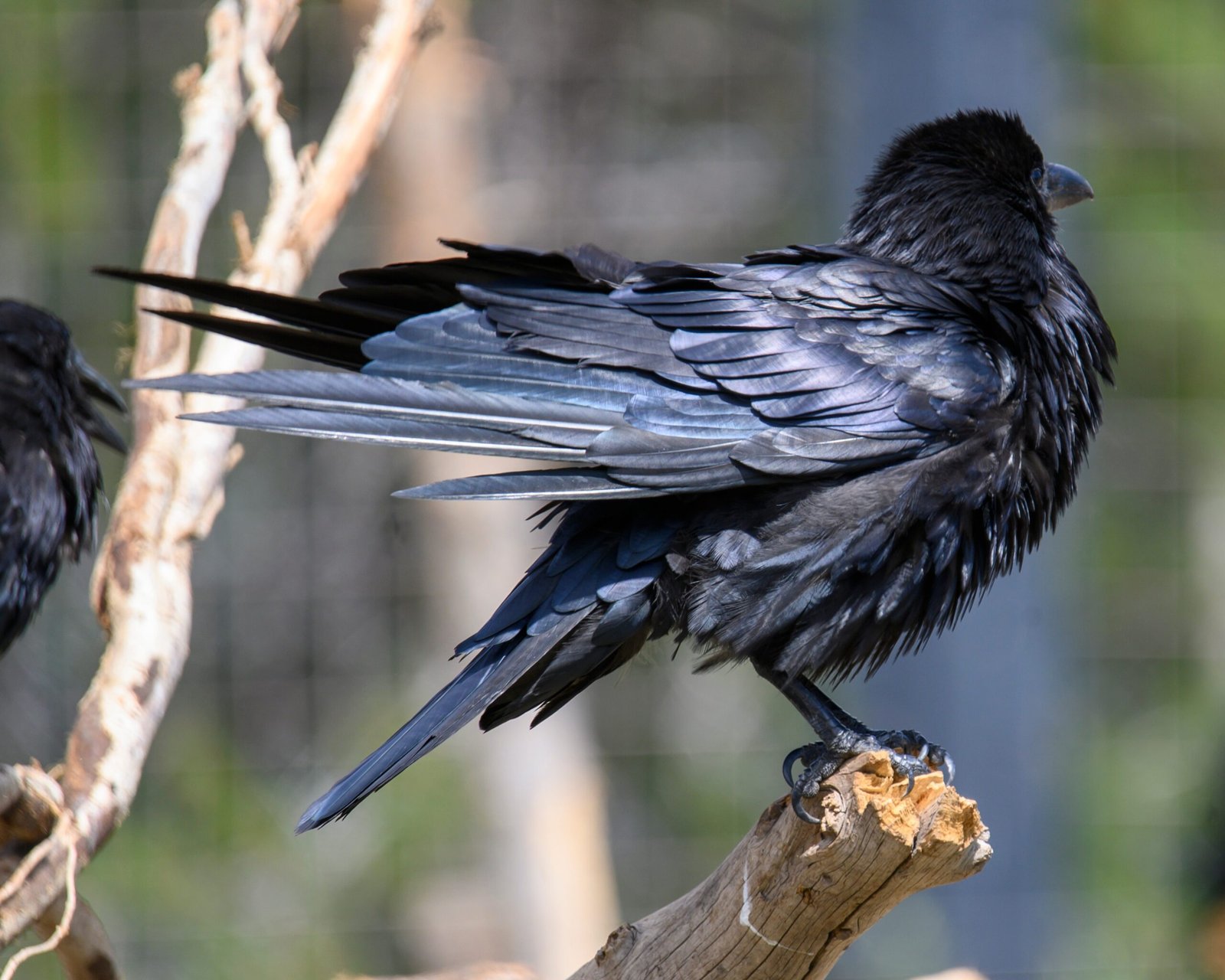
The unusual friendship between wolves and ravens hasn’t gone unnoticed by humans. In many Native American and Norse stories, both animals hold powerful symbolic meaning—wolves for their strength and loyalty, ravens for their intelligence and mystery. Some legends even depict the two as companions or messengers, guiding heroes or warning of danger.
These stories reflect a deep respect for the natural world and its hidden connections. People saw the same partnership that scientists now study, and wove it into tales that have lasted for generations. The wolf and raven are reminders that nature’s alliances are often more profound and poetic than anything we could invent ourselves.
Modern Observations: Science Meets Storytelling
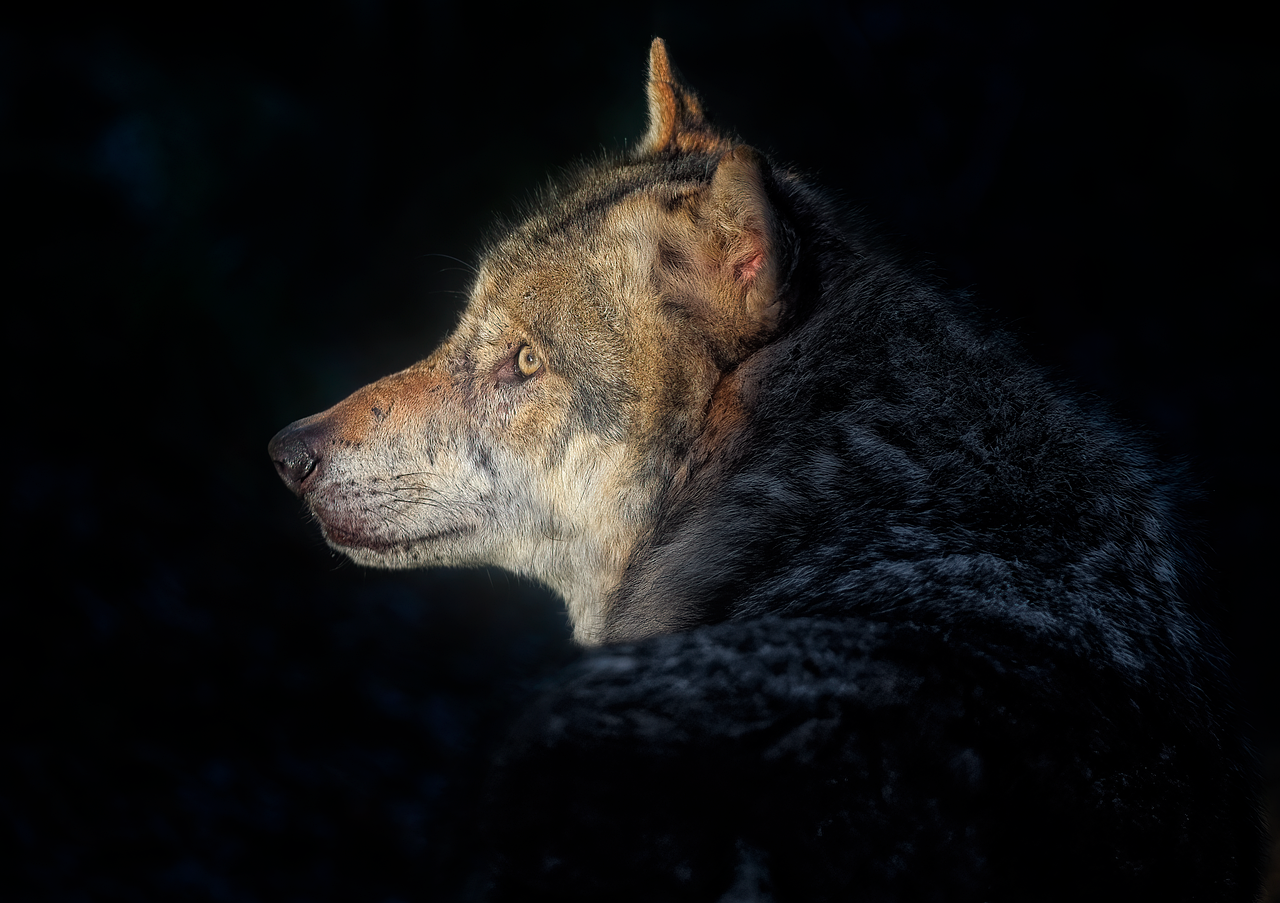
Today, researchers continue to be fascinated by this relationship. With the help of tracking collars, cameras, and long hours spent in the field, scientists have documented countless interactions between wolves and ravens. What once seemed like myth is now backed by hard evidence—proving that these two species truly do work together in the wild.
Even as habitats change and human activity increases, the partnership persists. It’s a testament to the adaptability and intelligence of both animals. By working together, wolves and ravens not only survive but thrive, showing us that cooperation often beats competition—even in the untamed wilderness.

